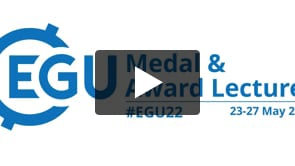MAL30
Vilhelm Bjerknes Medal Lecture by Hugh Coe & AS Division Outstanding ECS Award Lecture by Karin van der Wiel
Presentations
|
Mon, 23 May, 19:00–20:00 (CEST) Room F1
Session assets
Presentations: Mon, 23 May | Room F1
Chairperson: Athanasios Nenes
19:00–19:02
Introduction and citation
19:02–19:17
|
EGU22-11953
|
ECS
|
AS Division Outstanding ECS Award Lecture
|
On-site presentation
19:17–19:20
Questions and answers
19:20–19:25
Introduction and citation
19:25–19:55
|
EGU22-4229
|
Vilhelm Bjerknes Medal Lecture
|
Presentation form not yet defined
19:55–20:00
Questions and answers
